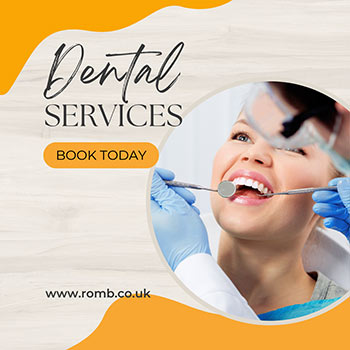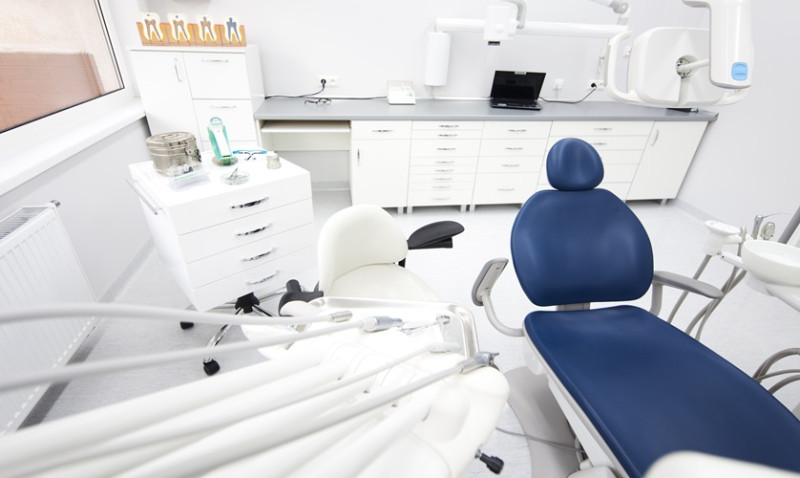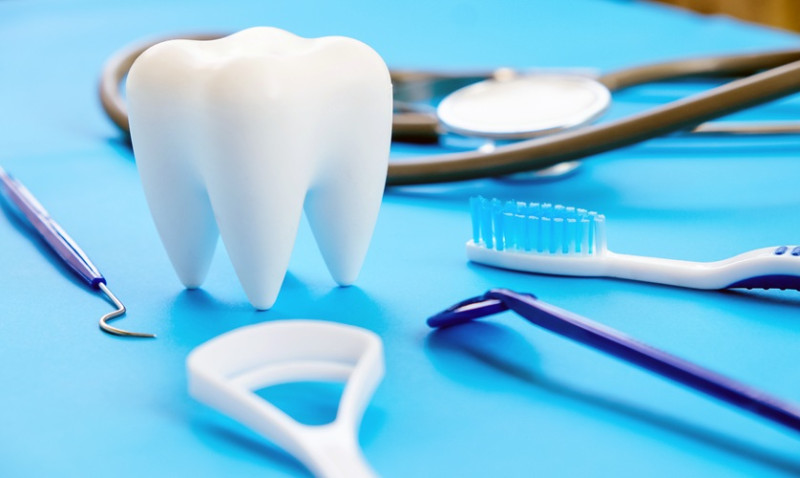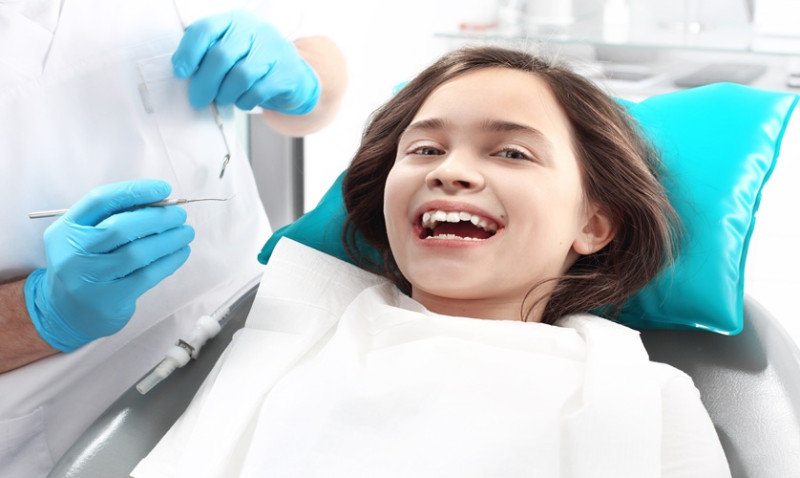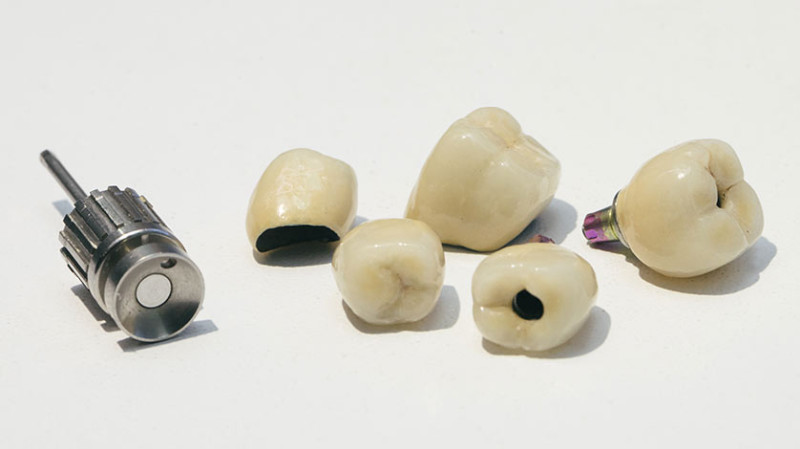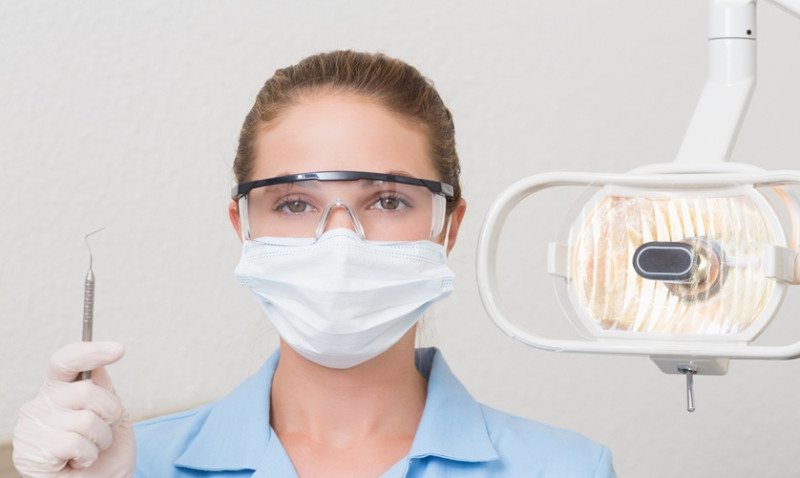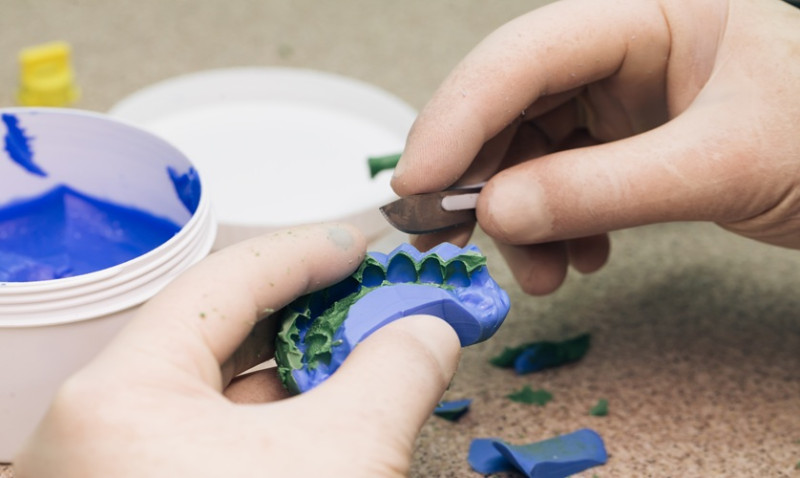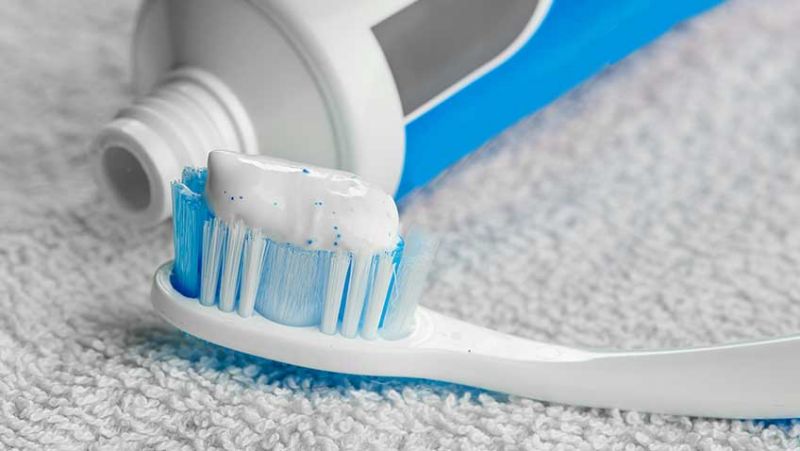
Good oral hygiene starts with a proper brushing technique. Parents should help their children brush until they are able to do it effectively on their own, usually around age 6 or 7. Use fluoride toothpaste and a pea-sized amount on the toothbrush. Aim the toothbrush at a 45-degree angle towards the gum line and use gentle circular motions. Be sure to brush on the inside surfaces of the teeth and to use a light back and forth motion on the chewing surfaces of molars. Spit out the toothpaste after brushing.
It is important to floss daily to remove plaque and debris from in between the teeth that the toothbrush cannot reach. Use about 18 inches of floss and wind most of it around each middle finger, leaving an inch or two of floss to work with. Gently insert the floss in between teeth using a back and forth motion and curve it into a “C” shape around the base of each tooth.
When to Start Proper Oral Hygiene for Kids
When should you start brushing and flossing your child's teeth? A good rule of thumb is to start flossing as soon as the child has teeth that touch each other, usually around age two to three years. Once the child reaches this point, food particles can get caught between the teeth and foster the growth of bacteria and plaque. However, not all children need to have their teeth flossed at this age. Ask your dentist for advice.
When it comes to brushing, you can start as soon as the first tooth erupts. Use a pea-sized amount of toothpaste and a soft-bristled brush. Remember to brush gently so as not to damage the gums. As your child gets older, you can increase the amount of toothpaste used. Be sure to supervise your child while brushing to ensure that they are using the proper technique.
How to Brush Baby's Teeth
Good oral care starts before teeth appear. The AAP recommends that, after a feeding, parents wipe a baby's gums with a soft washcloth or a baby toothbrush using water only (no toothpaste). You could also use a dentist-recommended cleanser. When a child’s first tooth appears, parents should brush their child’s teeth for two minutes twice a day and switch to a child-sized, soft-bristled toothbrush with a cushioned head, and a pea-sized dab of non-fluoridated toothpaste.
To brush your baby's teeth:
1. Wet your baby's toothbrush in water.
2. Put a pea-sized amount of toothpaste on the toothbrush.
3. Gently brush your baby's teeth and gum line. Be sure to brush the front, top, and back of each tooth.
4. Spit the toothpaste into the sink.
5. Rinse your baby's mouth with water.
6. Wipe your baby's teeth and gums with a clean washcloth.
7. Repeat steps 2-6 twice a day, or as recommended by your dentist.
Specific Instructions on How to Brush a Child's Teeth
If you want to make sure your child's teeth stay healthy, it's important to get them excited about dental hygiene. One way to do that is by choosing a toothpaste and toothbrush they will enjoy using. Look for toothpaste with fluoride that's child-friendly, with flavours and colours that appeal to kids. There are also toothpaste choices more appropriate to adult needs, so many families find themselves using more than one type of toothpaste.
Another way to keep your child's teeth healthy is by teaching them good habits from an early age. For instance, you can show them how to brush their teeth correctly and how to floss properly. You can also encourage them to eat healthy foods and avoid sugary snacks. By teaching your child good habits now, you can help them avoid dental problems in the future.
1. Start by wetting your child's toothbrush under warm water.
2. Apply a pea-sized amount of toothpaste to the toothbrush.
3. Encourage your child to brush their teeth in a circular motion.
4. Make sure they brush the front, top, and back of their teeth.
5. Have them spit the toothpaste out into the sink when they're finished.
6. Rinse their mouth out with water.
7. Help them floss between their teeth to remove any plaque or food particles that may be stuck.
8. Finish by having them rinse their mouth out with water again.
